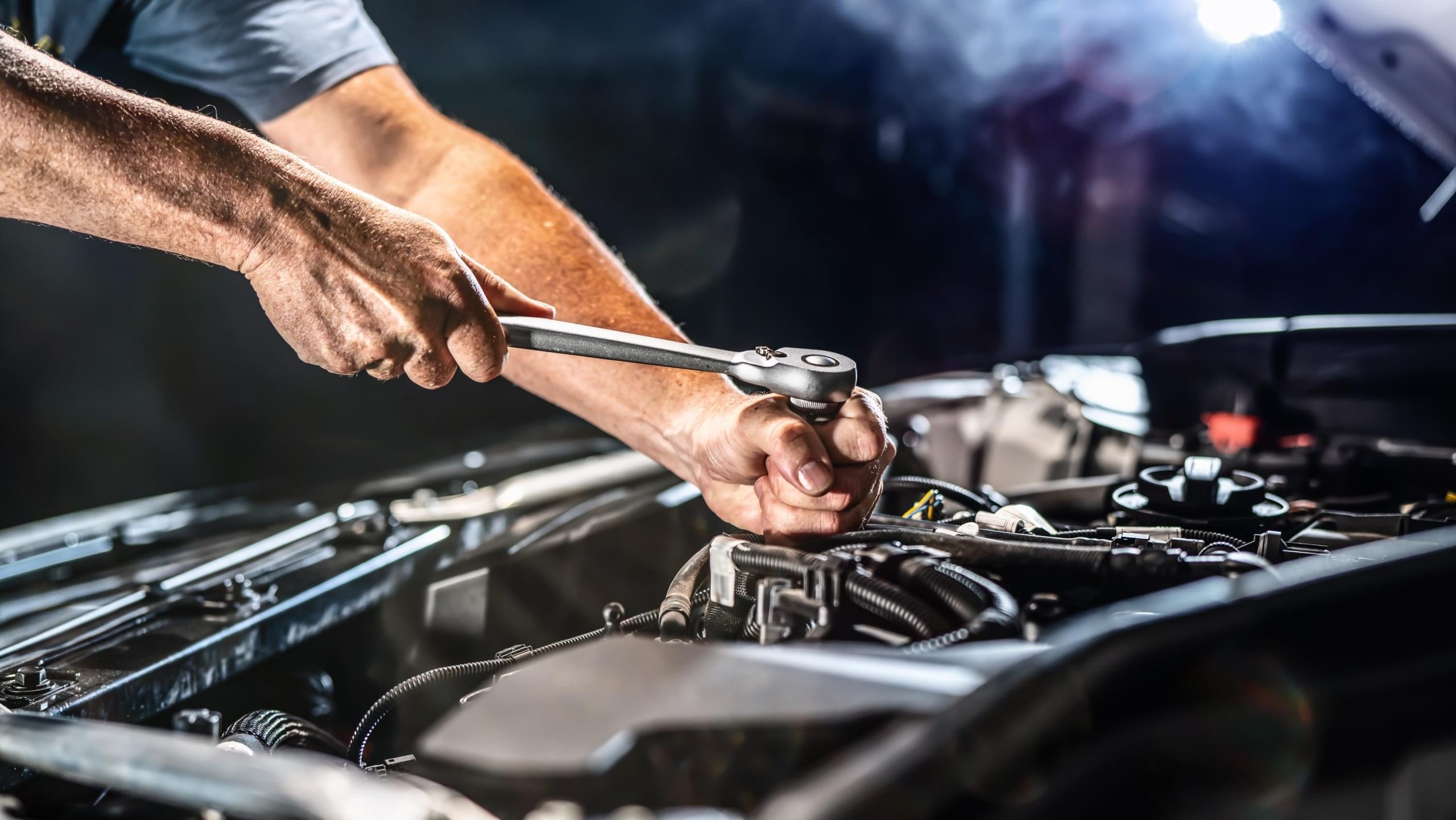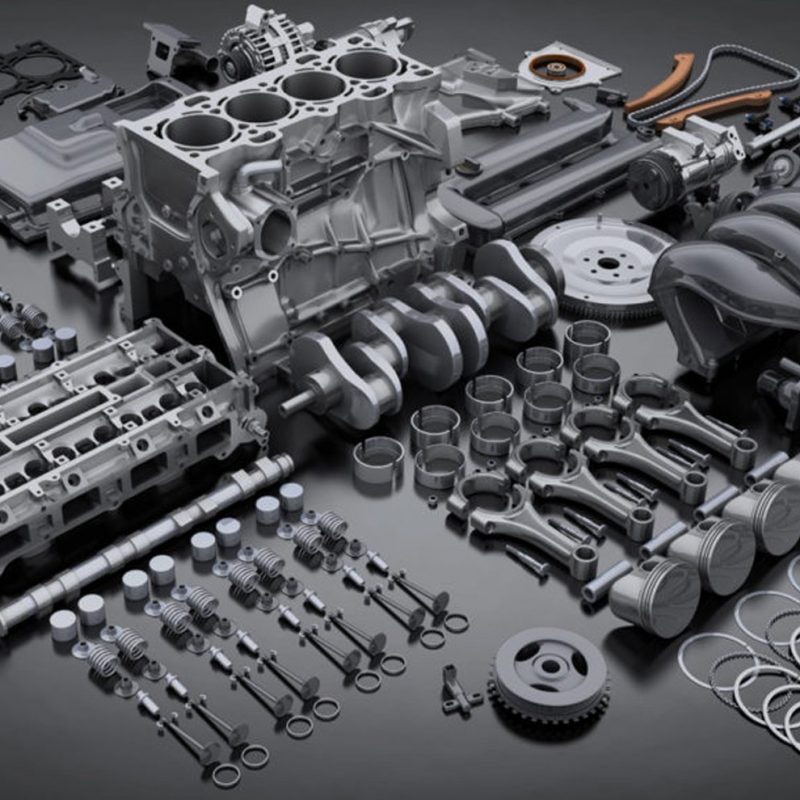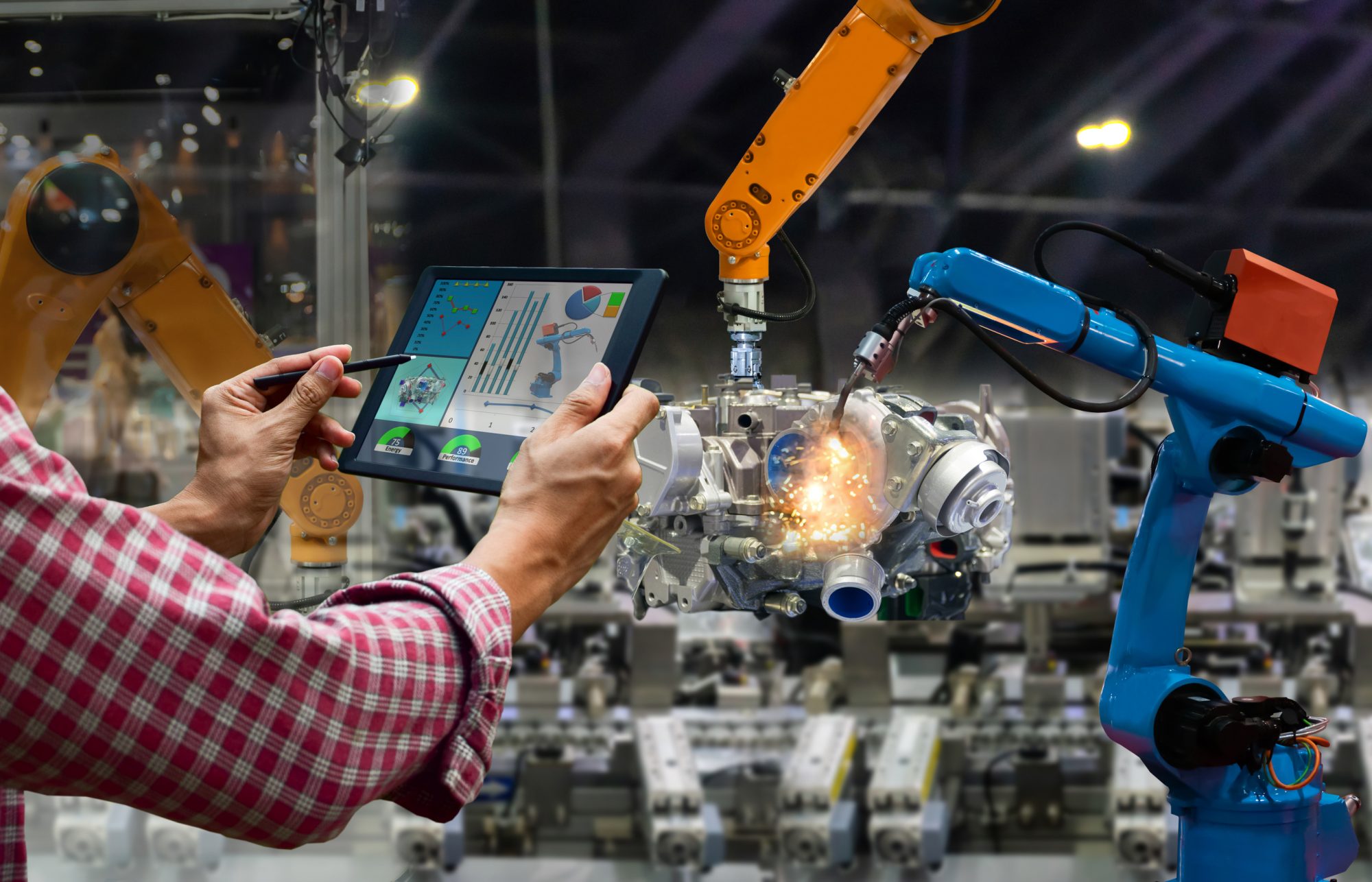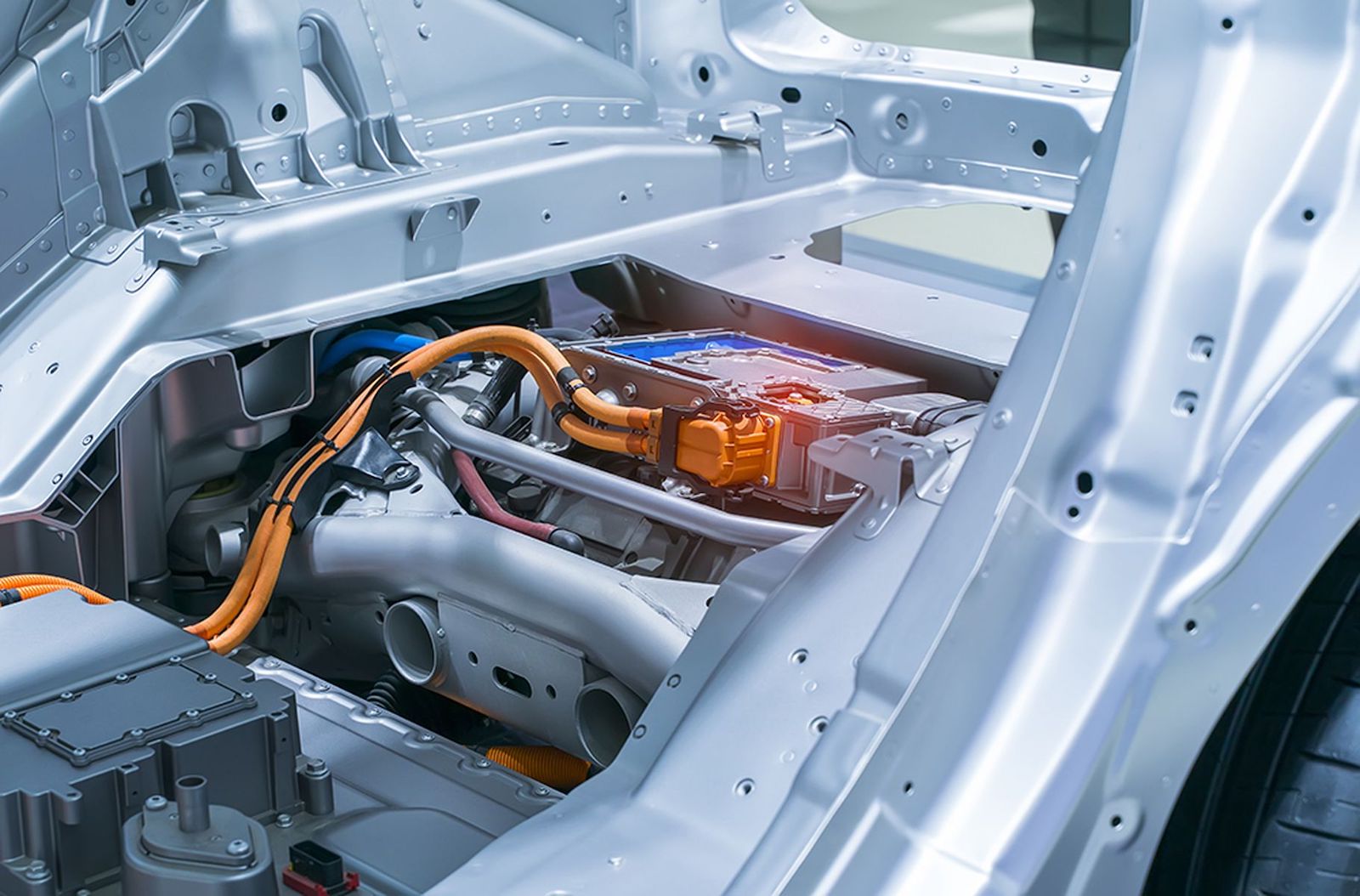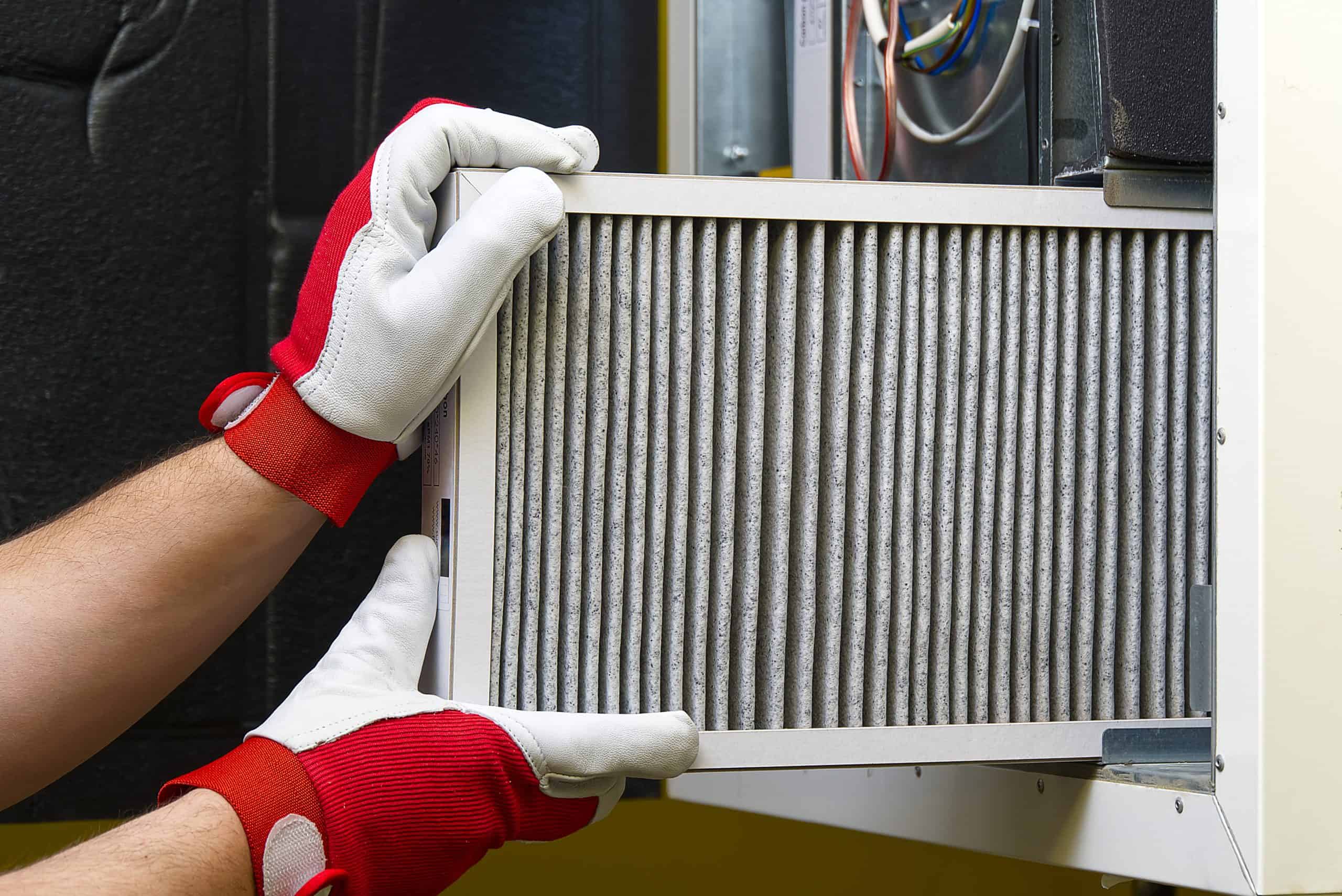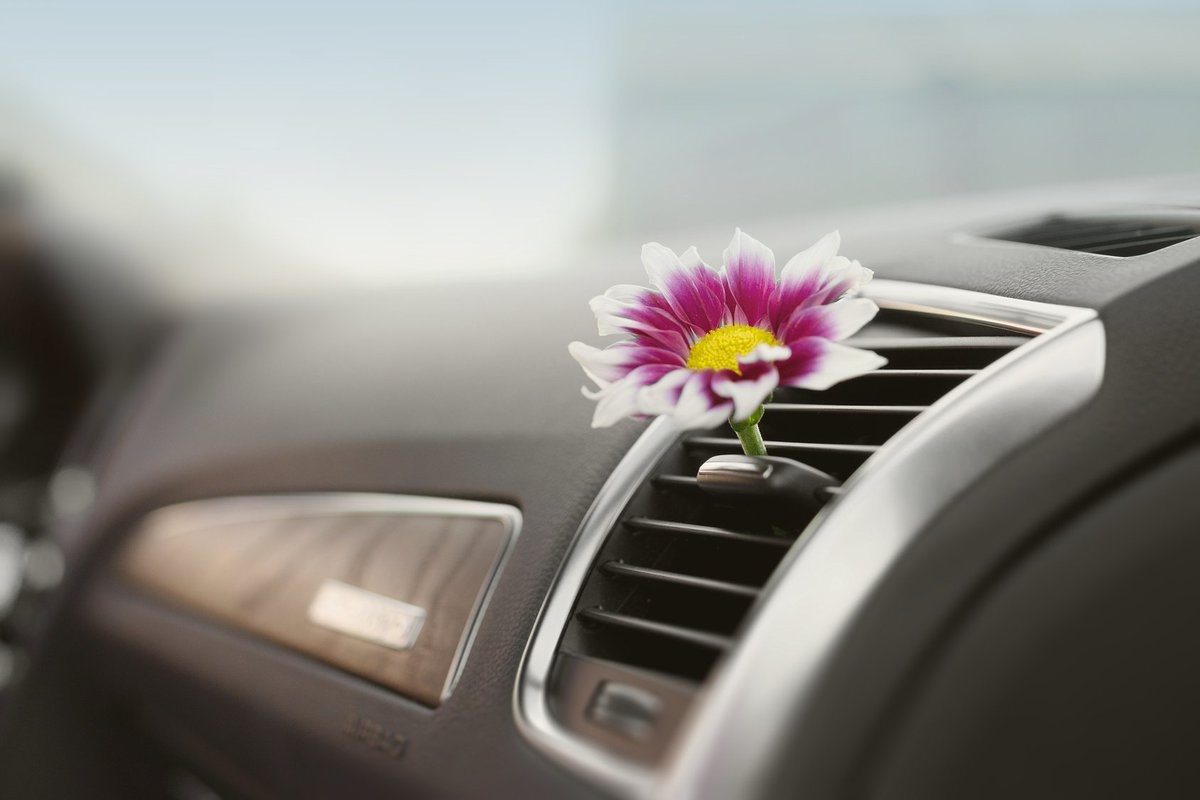The Essential Car Engine Parts You Need to Know
The Essential Car Engine Parts You Need to Know
The internal combustion engine is the heart of a car and is what makes it run. Understanding the different parts of a car engine can help you diagnose problems and make informed decisions about repairs and maintenance. In this essay, we will discuss the essential car engine parts you need to know.
First and foremost, the cylinder is the most important part of a car engine. It is where the combustion process takes place, and it is where the fuel and air are mixed and compressed before being ignited by the spark plug. The cylinder is typically made of cast iron or aluminum and can be either four, six, or eight in number depending on the engine size.
The pistons are located inside the cylinders and move up and down to compress the fuel and air mixture. They are connected to the crankshaft, which converts the up and down motion of the pistons into rotational motion to drive the wheels. The pistons are typically made of aluminum and are designed to fit snugly inside the cylinder to prevent any leakage of the fuel and air mixture.
The cylinder head is located on top of the cylinder and contains the valves that control the flow of fuel and air into the cylinder and exhaust gases out of the cylinder. The cylinder head is typically made of aluminum and can be either overhead valve (OHV) or overhead camshaft (OHC) design. OHC engines are more efficient and produce more power than OHV engines.
The camshaft, located in the cylinder head, controls the opening and closing of the valves through the use of cam lobes. The camshaft is driven by a belt or chain connected to the crankshaft. The camshaft is typically made of steel or aluminum and can be either single or dual in design.
The intake and exhaust valves are located in the cylinder head and control the flow of fuel and air into the cylinder and exhaust gases out of the cylinder. They are opened and closed by the camshaft through the use of rocker arms. The valves are typically made of steel or titanium and can be either overhead valve (OHV) or overhead camshaft (OHC) design.
The spark plug is located in the cylinder head and is responsible for igniting the fuel and air mixture in the cylinder. It is connected to the ignition system and receives a spark from the distributor or ignition coil. The spark plug is typically made of steel or copper and can be either standard or performance design.
The fuel system is responsible for delivering the fuel from the gas tank to the engine. It consists of the fuel pump, fuel filter, fuel injectors, and carburetor (if the engine is not fuel-injected). The fuel pump is typically located in the gas tank and delivers fuel to the engine through the fuel filter and injectors or carburetor.
The exhaust system is responsible for removing the exhaust gases from the engine. It consists of the exhaust manifold, catalytic converter, and muffler. The exhaust manifold is typically located on the cylinder head and collects the exhaust gases from the cylinders. The catalytic converter is located in the exhaust pipe and converts harmful pollutants into less harmful emissions. The muffler is located at the end of the exhaust pipe and reduces the noise of the exhaust gases.
In conclusion, the internal combustion engine is the heart of a car and is made up of many essential parts that work together to make the car run. Understanding the different parts of a car engine can help you diagnose problems and make informed decisions about repairs and maintenance. The cylinder, pistons, cylinder head, camshaft, valves, spark plug, fuel system, and exhaust system are all important parts of a car engine and are essential for the proper functioning of the vehicle.


